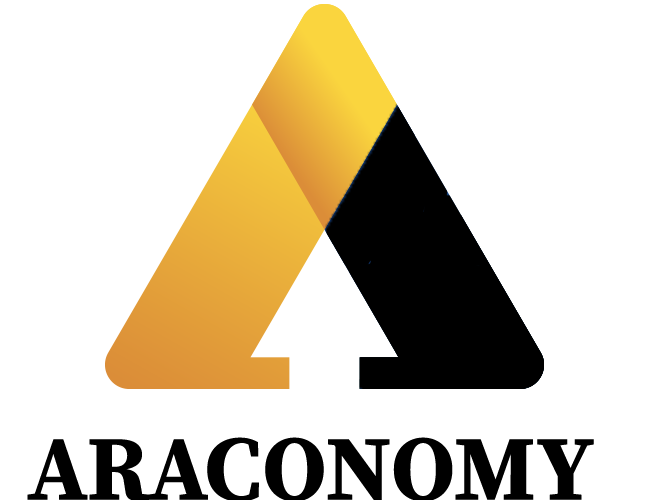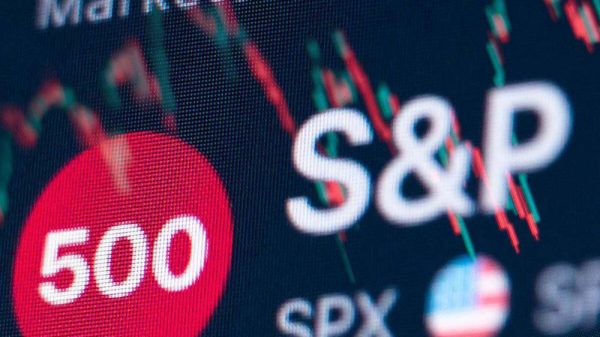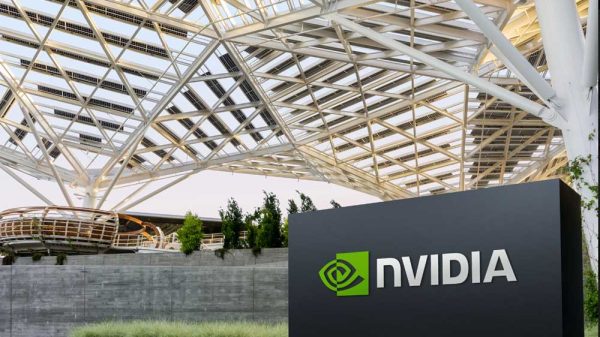Saudi Arabia’s state oil company, Aramco, has witnessed a significant boost in its shares following a highly successful stock sale. The secondary offering, aimed at raising $11.2 billion, has attracted substantial demand from both domestic and foreign investors. This surge in investor interest comes as Saudi Arabia continues its ambitious economic diversification plans under Crown Prince Mohammed bin Salman’s Vision 2030 program. Let’s delve into the details of this remarkable stock sale and its implications for the kingdom’s economy.
Demand Surpasses Expectations
The secondary offering of Aramco’s shares, announced on May 30, has far exceeded expectations in terms of demand. According to sources, investor interest in the offering surpassed an impressive $65 billion. The strong demand indicates the confidence investors have in Aramco’s future prospects and its position as a global industry leader. Notably, more than half of the shares were placed with foreign investors, highlighting the international appeal of the company.
Share Price Performance
Shares of Aramco experienced a substantial surge in value following the stock sale. Trading on the Tadāwul Saudi stock exchange at 1:40 p.m. local time, Aramco’s shares were priced at around 28.85 Saudi riyals ($7.69). This exceeded the stock sale offer price of 27.25 Saudi riyals, indicating a positive market response and investor confidence in the company’s potential for growth.
Economic Diversification and Vision 2030
The success of Aramco’s stock sale aligns with Saudi Arabia’s broader economic diversification goals outlined in Crown Prince Mohammed bin Salman’s Vision 2030 program. The kingdom has been actively working to reduce its dependence on oil revenues and create a more sustainable and diversified economy. By attracting significant investments and expanding the role of the private sector, Saudi Arabia aims to develop industries beyond oil, such as tourism, technology, and renewable energy.
Challenges and Opportunities
While the stock sale is a positive development for Aramco and Saudi Arabia’s economic transformation, challenges still lie ahead. The ambitious Vision 2030 program, with its gigaprojects and transformative initiatives like Neom, requires substantial investments. The cost of Neom alone is estimated to be around $500 billion, underscoring the scale and complexity of the nation’s diversification efforts.
Furthermore, volatility in global oil prices remains a concern. Despite recent price fluctuations, Saudi Arabia’s commitment to diversification demonstrates its acknowledgment of the need for long-term economic stability and reduced reliance on oil revenues. The success of Aramco’s stock sale serves as a testament to the kingdom’s ability to attract investments and adapt to changing market dynamics.











